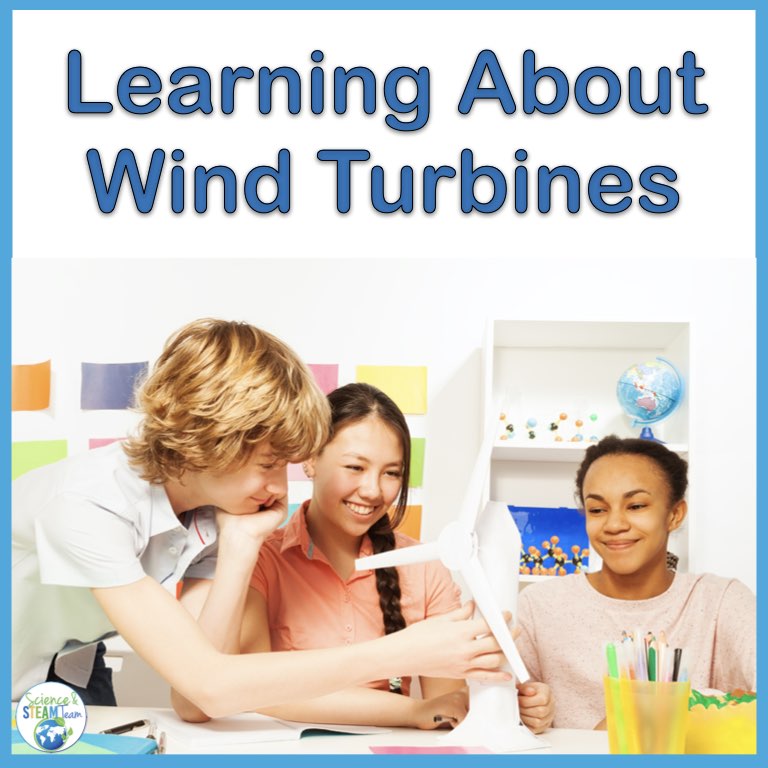
William Kamkwamba Builds a Windmill
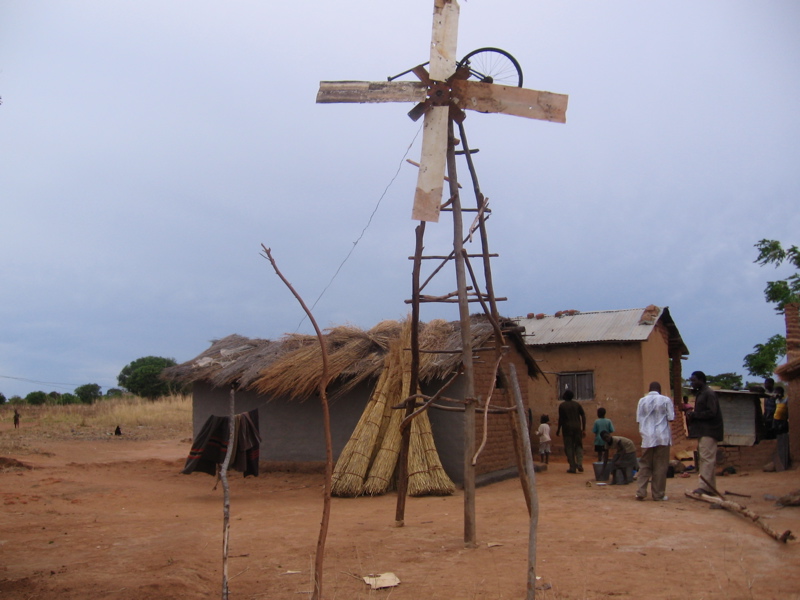
I was inspired to write this post after reading the story, The Boy Who Harnessed the Wind. This is the true story of a young boy named William Kamkwamba. He lived in a poor farming village in Africa named Malawi. William was a dreamer. He always thought of making new things out of recyclable materials. He was constantly wondering about how things worked.
In 2020, things when drastically wrong for his small village. Due to lack of fertilizer, heavy rains, and then a drought, people in Malawi started to starve. William was determined to do something to help his family. He looked at pictures and diagrams in science books that he got from the library. It was then that he learned about wind energy. He wanted to build a windmill, so his family could have electricity and use it to pump water for their crops.
Even though people thought he was crazy, he persevered. He went to the scrap yard many times. He experimented with things he found, and finally build a windmill prototype. Once he knew it would work, he went on to build a much bigger one. He used a bicycle, a tractor fan, bottle caps, and more. His windmill worked!
A man named, Dr. Mchazime, saw it and was impressed. After talking to William, he arranged for William to go to school and to a conference in the United States to share his ideas.
You can watch this video to hear William tell his story.
This story comes as a picture book, in a young readers’ edition, and in an adult version. The picture book can be found on YouTube as well. There is also a full-length movie on Netflix. I created a study guide for the young readers’ edition.
A Windmill Versus a Wind Turbine
Students need to know some basics about windmills and/or wind turbines before they build one.
Windmills have been around for over a thousand years. They produce energy from the wind when the blade rotates continuously. This moves a motor that does some mechanical work, like lift something. William’s turbine raised water. Windmills can also produce electricity. Windmills typically had four blades.
Wind turbines also use wind energy. The term wind turbine became popular in the 1970s when gas and oil prices started to rise. Much research and development were done then. This research and development show that three blades are optimal. Wind turbines generate electrical energy.
Today, the terms windmill and wind turbine are often used interchangeably by people.
Parts of a Windmill or Wind Turbine
To create a windmill, students must first know about its parts.
- the tower or shaft that hold the blades above the ground
- the blades that catch the wind
- an axle or hub which allows the blades to spin
- a generator that produces electricity
Creating a Windmill or Wind Turbine
Pinwheel
For young children, the easiest project for them to see how the blades of a windmill catch the wind is to make a pinwheel. Click in the pinwheel for some simple directions.
Create a Wind Turbine #1
This is activity is great fun to do in upper elementary science class or in your STEM lab! One teacher told me. “My students absolutely loved this. This may have been their favorite part of our unit.” Follow the directions below.
Create a Wind Turbine # 2
This project is best for middle school students. This video shows them how to build a windmill that lifts something. The video moves quickly. Students will need to pause the directions as they build. Here is a list of materials you will need:
- cardboard – 9×9″ and 6×6″
- disposable cups
- thin dowels
- tape
- fan
- scissors, ruler, compass or round object
Or course, you can encourage students to experiment with different numbers of blades, sizes of blades, and even make their own windmills out of recycled materials as William did!
Students can also research wind turbines to see the different types that exist today. They can also read about the advantages and disadvantages of renewable and nonrenewable energy forms.
Have fun learning!
Sarah

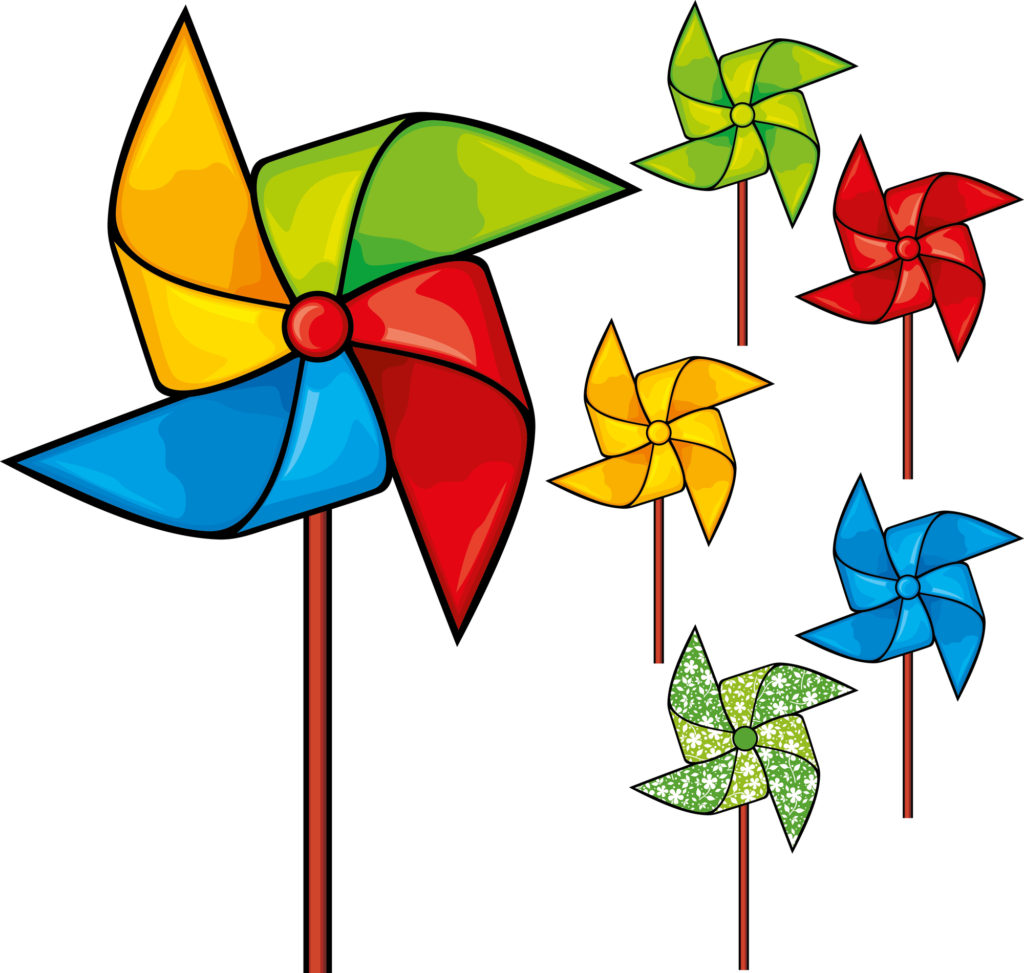
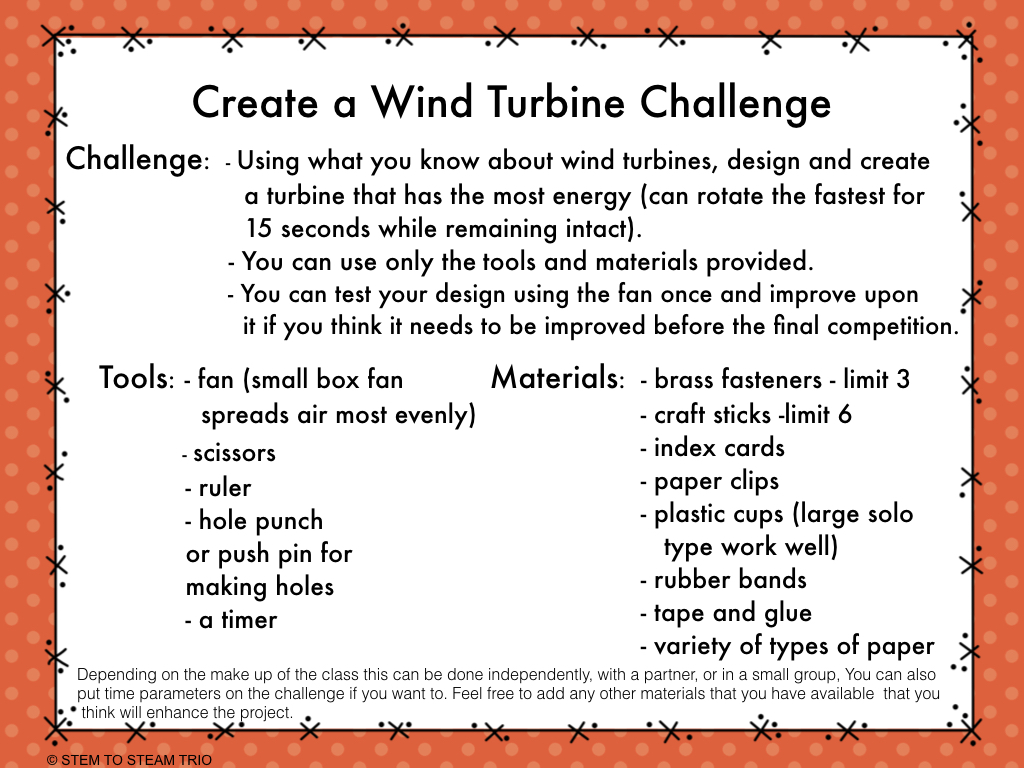
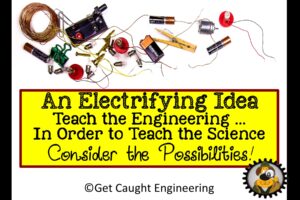
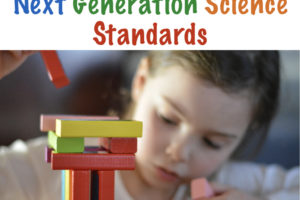

2 Comments
Leave your reply.